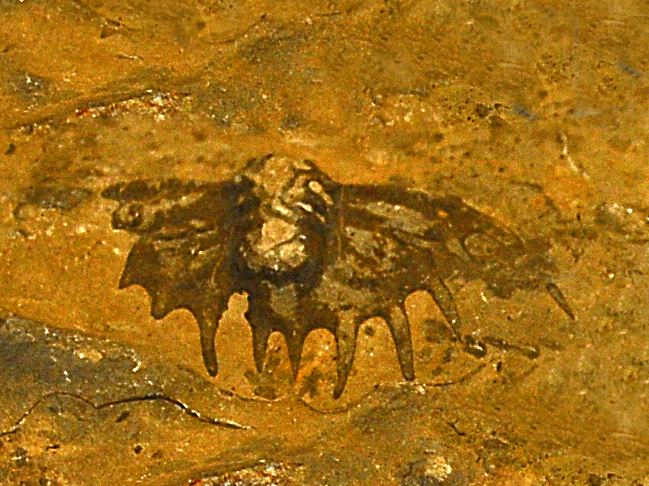Neodrepanura on:
[Wikipedia]
[Google]
[Amazon]
''Neodrepanura'' is an
 The various species of ''Neodrepanura'' are known from numerous, mostly disarticulated fossils found in Late Cambrian-aged marine limestones of Eastern and Southeastern Asia, especially of Northern
The various species of ''Neodrepanura'' are known from numerous, mostly disarticulated fossils found in Late Cambrian-aged marine limestones of Eastern and Southeastern Asia, especially of Northern
/ref> The genus ranged from about 501 to 497 million years ago during the
extinct
Extinction is the termination of a kind of organism or of a group of kinds (taxon), usually a species. The moment of extinction is generally considered to be the death of the last individual of the species, although the capacity to breed and ...
genus
Genus ( plural genera ) is a taxonomic rank used in the biological classification of extant taxon, living and fossil organisms as well as Virus classification#ICTV classification, viruses. In the hierarchy of biological classification, genus com ...
of damesellid odontopleurid trilobite
Trilobites (; meaning "three lobes") are extinct marine arthropods that form the class Trilobita. Trilobites form one of the earliest-known groups of arthropods. The first appearance of trilobites in the fossil record defines the base of the At ...
.
Taxonomy
Species of ''Neodrepanura'' are better known under the older synonym, ''Drepanura'': the genus was renamed as ''Neodrepanura'' in 2006 by Özdikmen when "''Drepanura''" was discovered to be preoccupied by aspringtail
Springtails (Collembola) form the largest of the three lineages of modern hexapods that are no longer considered insects (the other two are the Protura and Diplura). Although the three orders are sometimes grouped together in a class called Ento ...
described by Schoett 1891.
Fossil record
China
China, officially the People's Republic of China (PRC), is a country in East Asia. It is the world's most populous country, with a population exceeding 1.4 billion, slightly ahead of India. China spans the equivalent of five time zones and ...
.Liu, Qing, and Qianping Lei. "First known complete specimen of Neodrepanura (Trilobita: Damesellidae) from the Cambrian Kushan Formation, Shandong, China." Alcheringa: An Australasian Journal of Palaeontology 35.3 (2011): 397-403/ref> The genus ranged from about 501 to 497 million years ago during the
Guzhangian
The Guzhangian is an uppermost stage of the Miaolingian Series of the Cambrian. It follows the Drumian Stage and precedes the Paibian Stage of the Furongian Series. The base is defined as the first appearance of the trilobite ''Lejopyge laevigat ...
faunal stage of the late Cambrian Period
The Cambrian Period ( ; sometimes symbolized C with bar, Ꞓ) was the first geological period of the Paleozoic Era, and of the Phanerozoic Eon. The Cambrian lasted 53.4 million years from the end of the preceding Ediacaran Period 538.8 million ...
.
Description
The pygidia, particularly those of ''N. premesnili'', are mined by the Chinese for use as "bat stones" or "swallow stones," as good luck charms and traditional medicines.Peng, S. C. "Historical review of trilobite research in China." Fabulous Fossils—300 years of Worldwide Research on Trilobites. NY State Museum Bulletin, New York State Museum, Albany, New York (2007): 171-191.KOBAYASHI, Teiichi. "On the Damesellidae (Trilobita) in Eastern Asia."Proceedings of the Japan Academy, Series B 63.3 (1987): 59-62. In 2011, the first intact specimen of ''N. premensnili'' was found in the Kushan Formation, enabling researchers to better examine the external anatomy of the genus.References
Damesellidae Odontopleurida genera Cambrian trilobites Fossils of China Guzhangian Guzhangian genus first appearances Guzhangian genus extinctions {{Odontopleurida-stub